by Ydraw | Nov 29, 2018 | animated explainer video, Animated Whiteboard Videos, Explainer Video, explanation animation, Marketing, Story Telling, video, Video Content, Video Marketing, Video Strategy Guide, video style, Voice Over, Whiteboard animation, Whiteboard Video, Writing a Script
What Is Tone and Mood and Why Do They Matter to Your Video?
By Erica Schmidt Jabali
According to a Harvard professor, at least 95% of purchasing decisions are made subconsciously – or based on how we feel. We could be influenced by a brand’s commercial, their marketing, brand packaging, and more.
This means simply giving the facts and figures in your video isn’t enough – you have to strike an emotional chord with your target consumer in order to motivate them to act. (read more here)
This is one reason why we ask in our questionnaire and on our kick-off calls what tone and mood you want in your video.
And, we are usually met with crickets on the other end of the line.
Turns out, for those of us who haven’t been in high school English classes for a long time (okay, a really long time), we might need a little brushing up on our tone and mood skills.
Don’t worry – we got you.
So, sharpen your pencils and sit up straight – because your speed-round refresher course on Tone vs. Mood starts now:
TONE:
Tone is the author’s attitude towards the subject. Remember when your mom used to say, “Don’t you take that tone with me!” Well, she wasn’t wrong – the tone we use in our speech is similar to the tone a piece of writing or voiceover in a video takes.
Here are some examples of videos that use a different tone:
In this video, the client wanted a confident, inspirational, educational tone:
Whereas in this video, the client asked for a relaxed, fun, beachy vibe, so our fan-favorite, chameleon of a voiceover talent, Dawson, actually used a surfer accent to achieve this goal
In this video, we wanted to replicate that infamous movie trailer voice to give it that movie trailer tone:
So, in short, tone is the inflections used by the voiceover in order to communicate how they feel about the subject.
Our VO talents are pros at taking a script and inferring the tone that it is trying to convey.
WHY THIS MATTERS:
You know your target customer better than anyone. You know what they like and don’t like. You know what their interests are, maybe their demographics, and even their buying patterns.
So, how do you think this person wants to be talked to?
Do they want that warm, motherly tone that says, “I’m here for you…”? It might end up sounding a little bit like this:
Do you want a fast-talking, witty, lightning speed commentary like this one?
The tone you choose for your video should be directly related to how your target consumer wants to be talked to.
So, when deciding the tone for your video, consider the following questions:
- What prior marketing campaigns have been the most successful and what tone did they take?
- What type of tone will your target consumer be most responsive to?
- What tone will best represent your vision for your business and how you want to be perceived?
Try to think of three key words to describe this tone.
Excellent. Now that you have your tone figured out, let’s move on to mood:
MOOD:
This is how the viewer will feel after watching your video.
For example, this client focuses on food kits for emergencies:
How did this video make you feel? That’s the mood of the video.
Our goal was to create a feeling of urgency, to make you feel that you need this product in order to be prepared and protect your family.
You need to think about the mood because you want to have that target in mind when writing your video.
For example, if you want your viewer to feel emotionally moved and compelled to act, then you’ll want to write the video with that goal in mind – and anything that does not compliment this mission has to be cut.
Sometimes, it can be painful to make cuts or reduce a video script to get it to a certain time – but if you think about all of your choices through the lens of – what will make my target consumer feel [x, y, z] – then it becomes much easier.
Since we know that people make most of their purchasing decisions based on how the branding or marketing makes them feel- then selecting the most appropriate tone and mood for your video becomes imperative.
WRAP IT UP:
- The tone is the author’s attitude in the video and the tone of the VO and the script writing will communicate this
- The tone creates the mood that your viewer will feel
- With most purchasing decision made based on emotions – how you make your viewer feel is very important
- Consider your target tone and mood carefully when preparing for your kick-off call!
There you have it. Everything you needed to know about tone and mood.
We hope this helps as you prepare for the scripting process. We’re here to help and hope to make the process as easy on you as possible.
Please reach out with any questions. We can’t wait to work with you!
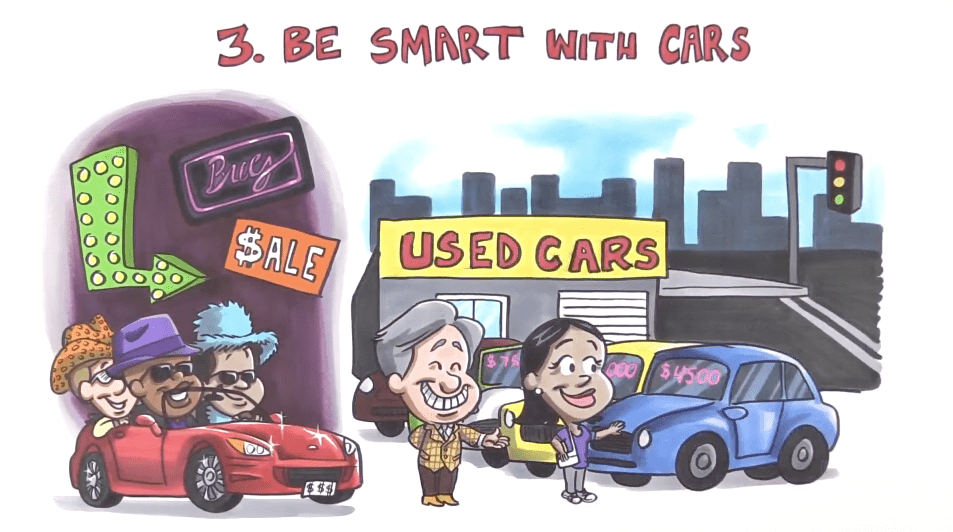
by Ydraw | Sep 26, 2018 | Creative Marketing, How to pick a video style, video, Video Marketing, Video Strategy Guide, video style
Let’s talk about style…
The style of your video sends a subconscious message to your viewers and lets them know that your company is professional, modern, playful, organized, credible, genuine or any other positive brand qualifier.
If you haven’t already noticed, here at Ydraw we produce many different video styles. Some clients come to us knowing what type of video style they want and others not knowing their options let alone the differences between them.
Rather than shoving you into a box you don’t fit in, we are here to help guide you in the right direction and determine what video style best fits your unique brand, message, audience and budget.
Here is just a quick glimpse of a few of our video styles:
WHITEBOARD/BLACKBOARD/CARDBOARD:

Purpose: These videos are hand drawn with marker on the paper of your choice. The purpose is to create simple, relatable and easy to understand stories/concepts to explain your product or service. By lining up powerful narration and simple artwork we hit both sides of the brain to keep your audience interested and wanting to know more. These videos are our favorite for teaching.
Budget: Range from $ – $$
Features:
- Traditional artwork
- See the artists hand draw while narration is happening
- Small digital effects added in to bring on artwork or pose change a character’s expression etc.
- Hand drawn
- Funny and relatable
YSWIPE:
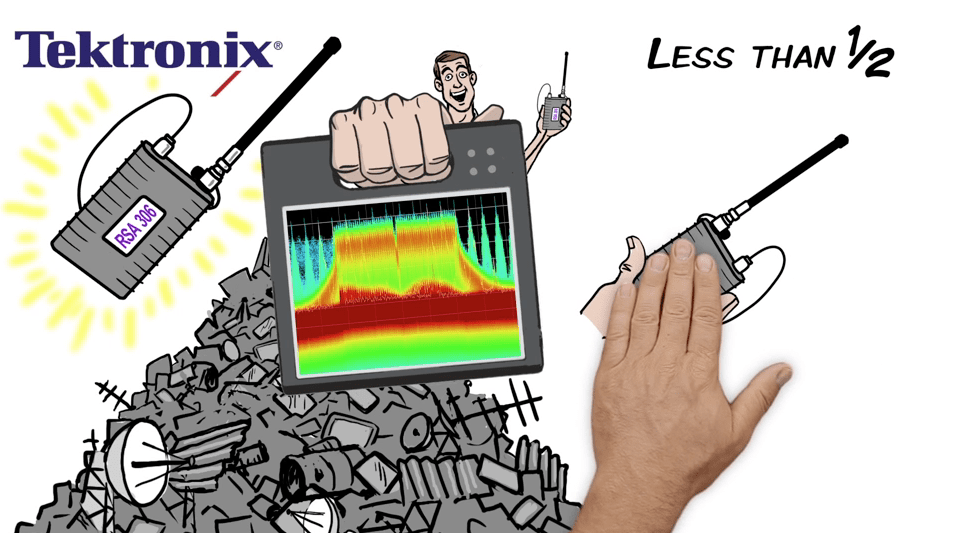
Purpose: This video style uses Pattern Interruption to change the viewers thoughts or perception and redirect their attention to what you want to show them. We use the artists hand to slide/snap/wipe/point artwork on/off screen to keep the video upbeat and lower the viewers defenses.
Budget: Range from $-$$$
Features:
- Traditional or digital artwork.
- Upbeat and fast moving
- Uses Pattern Interruption
- Artists hand slides/snaps/wipes/points artwork on screen.
YPAINT:
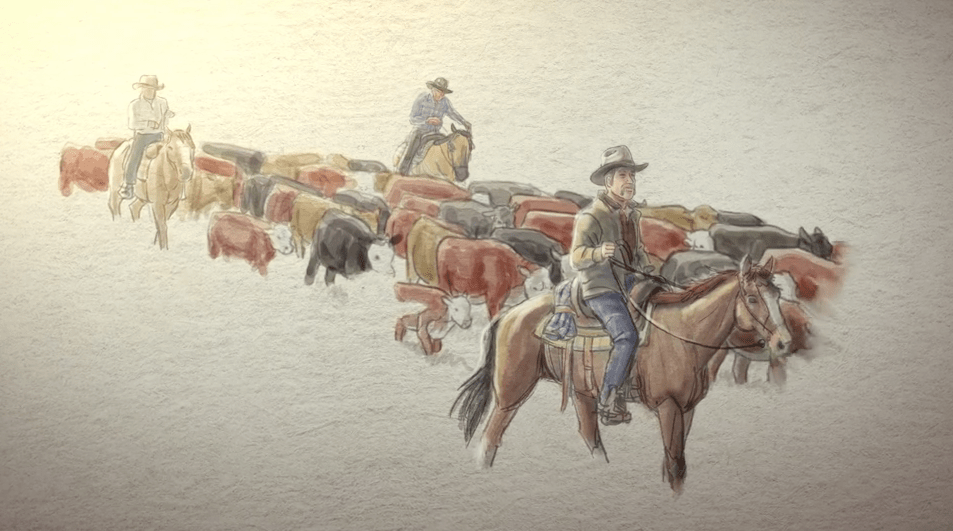
Purpose: Ypaint videos use full watercolor or pencil sketches and have a more realistic art style. Instead of seeing the artists hand, we digitally reveal the images as if they are being digitally painted or dropped on screen like a water droplet. These videos use slow movements and soft pastel colors to evoke emotion in the viewer. If you want your video to be inspirational, motivational and classy, this may just be the style for you.
Budget: $$
Features:
- Inspirational/Motivational/Classy
- Slower pace
- Soft Pastel Colors
- No hand involved
- Realistic artwork
MOTION GRAPHICS:
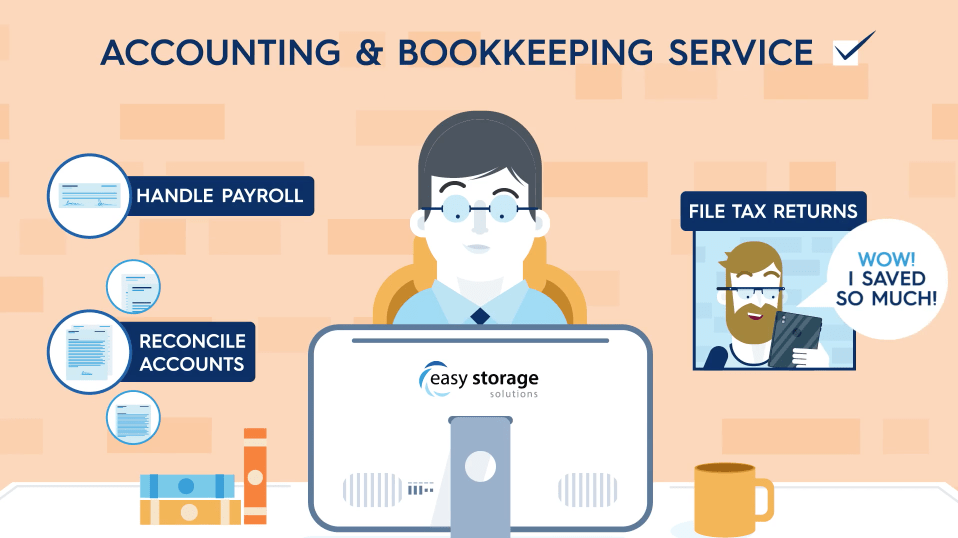
Purpose: This video style uses simple digital artwork and kinetic typography to explain complex topics in a literal or abstract manner. Motion Graphic videos are fast moving and can allow a boring topic to be upbeat and easy to understand without telling a story or condensing information. Most of the time they are used to explain a complex product or show a result.
Budget: $$-$$$
Features:
- Pattern Interruption
- Lots of movement
- Simple digital artwork
- Exact brand colors
- More sophisticated
- Fast moving
- Can be literal or abstract
- Moveable characters and objects
ANIMATION OVERLAY:
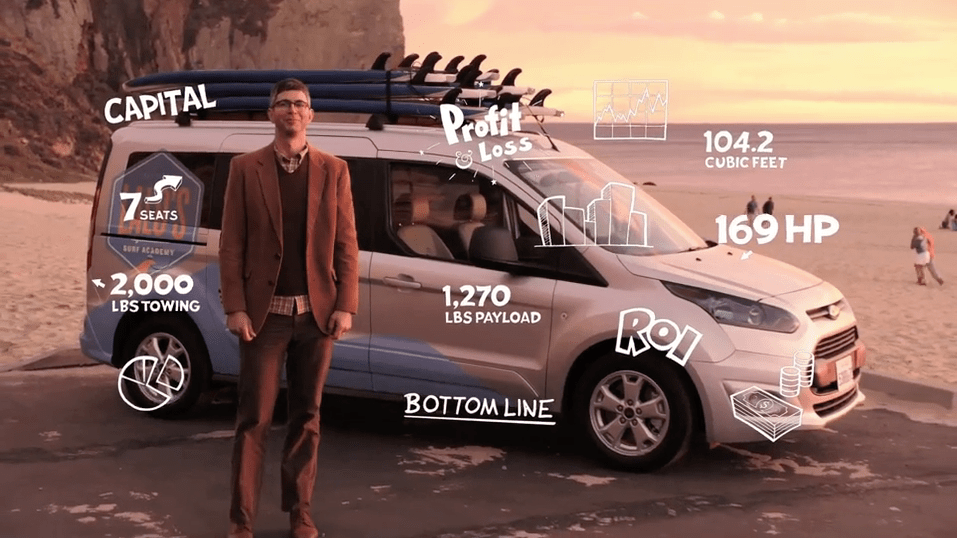
Purpose: This style overlays digital artwork on top of live video to make them more interactive and fun. Although we love using real people to evoke real emotion, sometimes it can get boring. If you want to show that your company is trustworthy by using live video as well as relatable and unique by using digital artwork, this style is for you!
Budget: $$-$$$$$ (Depending on price of live video). We are happy to do the live for you, or you can send us the live video and we can animate on top!
Features:
- Can be endorsed by celebrity in live video
- Trustworthy
- Sophisticated
- Interactive
- Allows viewers to go back and find a specific spot to rewatch.
- Combine real people and digital artwork
2D ANIMATION:
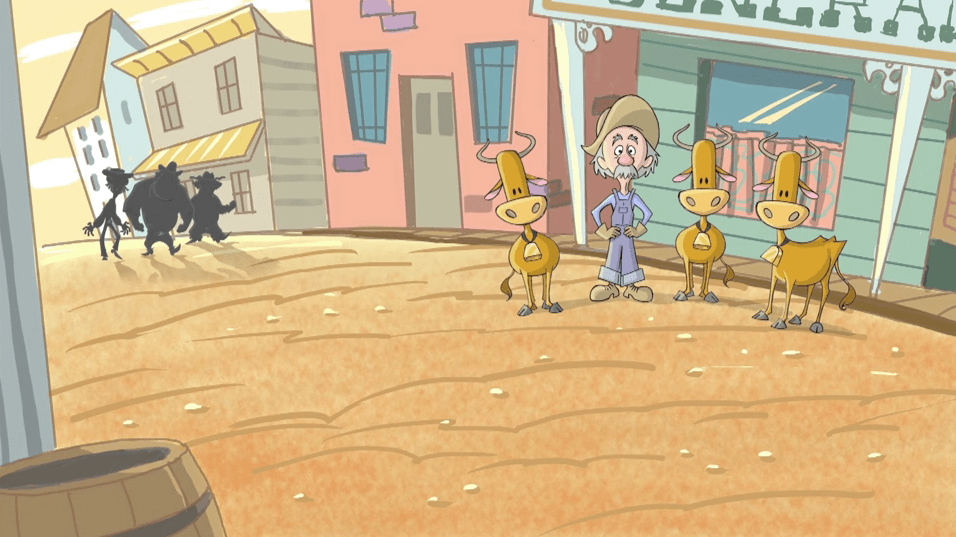
Purpose: This video style uses engaging narration and compelling characters and backgrounds to tell a story. Characters can range from simple stick figures to more complex and detailed characters. 2D animation allows the characters to move and talk more than you will see in a motion graphic video. Think cartoons like Tom and Jerry or Phineas and Ferb.
Budget: $$$-$$$$$
Features:
- Characters that talk and move more realistically
- Unique artwork that range from simple to complex
- Interactive and fun
3D ANIMATION:

Purpose: These videos use beautiful and complex three-dimensional characters and backgrounds to tell your story without using real people and places. The bigger the budget, the more complex artwork and movement. Think Toy Story or Tangled. The downfall to 3D Animation is that you are competing with companies like Pixar and Disney who have enormous budgets and endless amounts of time.
Budget: $$$$-$$$$$
Features:
- More bells and whistles than other video styles
- More sophisticated and complex
- Lots of movement
- Time consuming
- Characters can talk and move
- Digitally drawn artwork
So now that you know the basics, what video style is right for you?
What may have worked for one company may not work for yours. Depending on your purpose, audience, brand and budget there is a perfect style for your company and we are here to help you find it.






